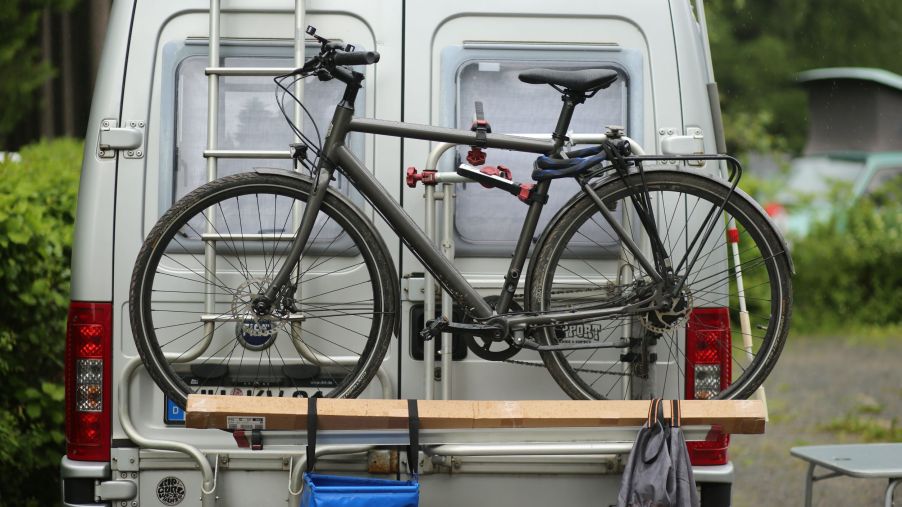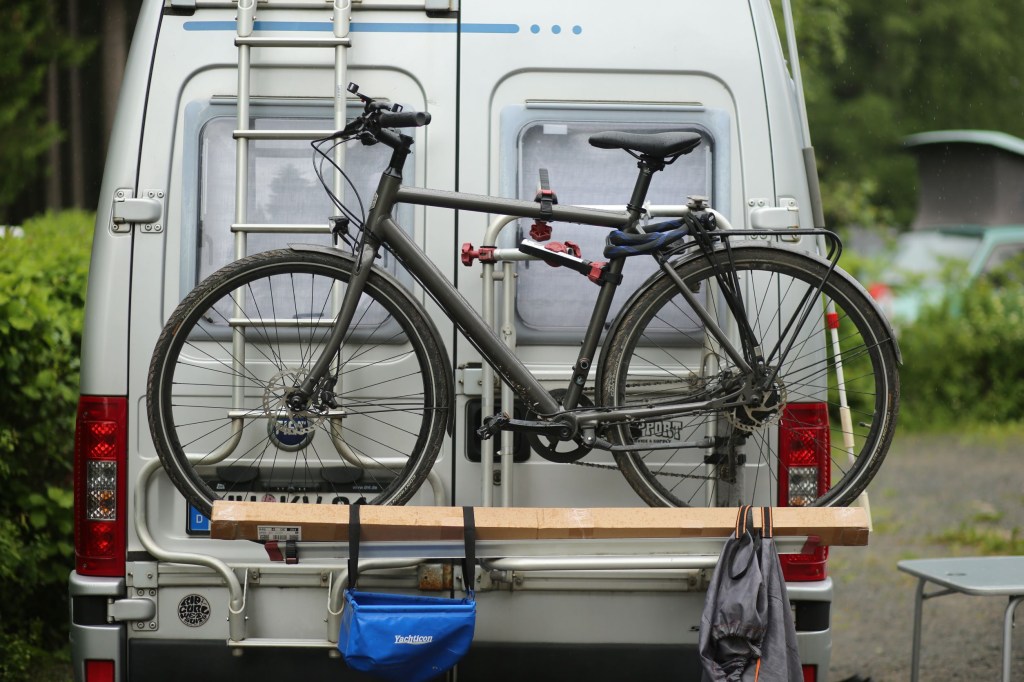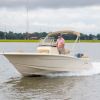
Avoid Broken Bicycles With These RV Transportation Tips
Even if they’re not electric, bicycles are common sights on many peoples’ RV trips. And while rental options exist, RVers often bring their personal bikes along. But it doesn’t matter how fun your planned cycling route is if your bikes are broken when you get there. And even though transporting a bicycle with an RV is easier than, say, a car, it’s possible to do it incorrectly. However, with the right prep-work and gear, it’s not something you need to fear.
Need to move some bicycles with your RV? Put them on a rack

The first method people use when loading bicycles onto an RV is a bike rack. While they leave your bikes exposed to the elements and aren’t foolproof, racks don’t impinge on your RV’s interior space. And taking a bicycle off a rack is easier than maneuvering it out of a living area or kitchen.
Although an RV’s height means roof racks aren’t really viable, those aren’t the only kinds of bicycle racks available. If your RV or camper van has a ladder, you can mount a rack to it, RV Share says. Bumper-mounted racks are also available, as are tow hitch-mounted ones. And you can even mount a bicycle rack to the front of your RV, not just the rear, eTrailer reports.
Of the main bike rack types, the hitch-mounted ones tend to be the most popular. True, installing a hitch rack means you can’t simultaneously tow a trailer, RVing Know How notes. However, they can also accommodate more bicycles at once than bumper- and ladder-mounted racks because the hitch receiver can handle more weight. Plus, if you get a tray-type (aka ‘platform’) rack, it folds out of the way when not in use. Hanging-type racks, though, are usually lighter, Popular Mechanics says.
Before you start planning your cycling adventure, though, there are a few things to keep in mind. Firstly, even hitch-mounted bicycle racks have weight limits. Secondly, not every rack is compatible with every wheel and tire size. Plus, depending on what size trailer hitch your RV has, you may have to get a rack adapter. And once you install the rack, make sure your visibility isn’t compromised once the bikes are loaded on. Also, remember that racks make your RV longer, even if only slightly.
If you regularly tow with your RV, carrying your bicycle on a trailer is another option
As noted earlier, your RV needs to have a trailer hitch if you want to get a hitch-mounted bicycle rack. However, if that’s the case, you don’t necessarily need the rack to move the bike. If you have the hitch because you own a travel trailer or something similar, you can use that to move the bike(s).
As with hauling bikes in a truck bed, transporting them via a trailer requires some research and gear. First, check your RV’s towing capacity and the trailer’s payload capacity to make sure you aren’t accidentally overloading either. Next, secure your bikes to the trailer using bungee straps and/or soft cords with tie-down hooks. Make sure the straps/cords are tight, both to keep the bike from falling and so they don’t loosen up over time.
If you’re still worried about keeping your bicycle stable in the RV trailer, consider getting some removable wheel chocks. And if your trailer isn’t enclosed, a tarp or similar cover can keep the elements off your bikes. Finally, keep in mind that a trailer loaded with bicycles is still a trailer, so the same general towing tips apply.
You can also store your bikes inside your RV if space allows
The bicycle transportation methods discussed up until now are designed to keep your bikes outside of your RV. Although they’re more exposed that way, it means they’re not getting in the way of your interior space and passengers. However, as with cars, you can always put your bikes inside your RV. And it’s an option if you suddenly find yourself with more bicycles than you started with.
The same general guidelines for trailers and racks also apply for hauling bicycles within your RV. Make sure you aren’t going over your payload capacity and secure the bikes so they don’t topple over. And if you’re worried about damaging the interior, wrap towels or rags around the parts of the bike that might hit something. Or, if you’re building your own camper van, you could also make your own slide-out bike rack for additional storage.
Safely transporting bicycles with your RV does take some work. But it’s not necessarily difficult or stress-inducing. And hopefully, this guide will make your next cycling RV trip easier.
Follow more updates from MotorBiscuit on our Facebook page.


